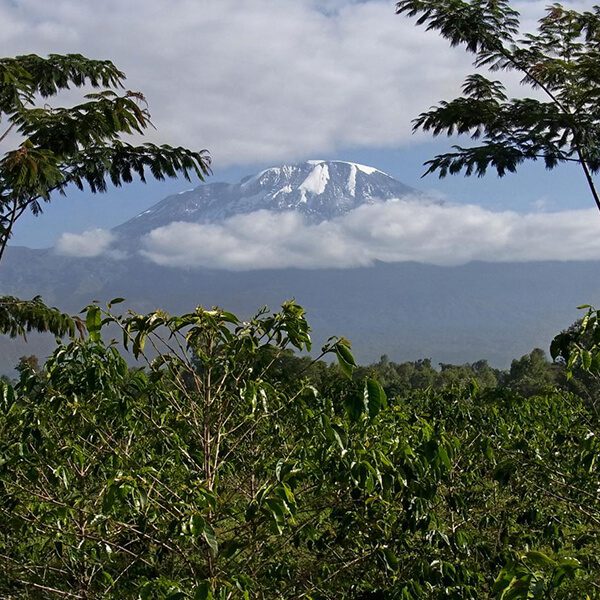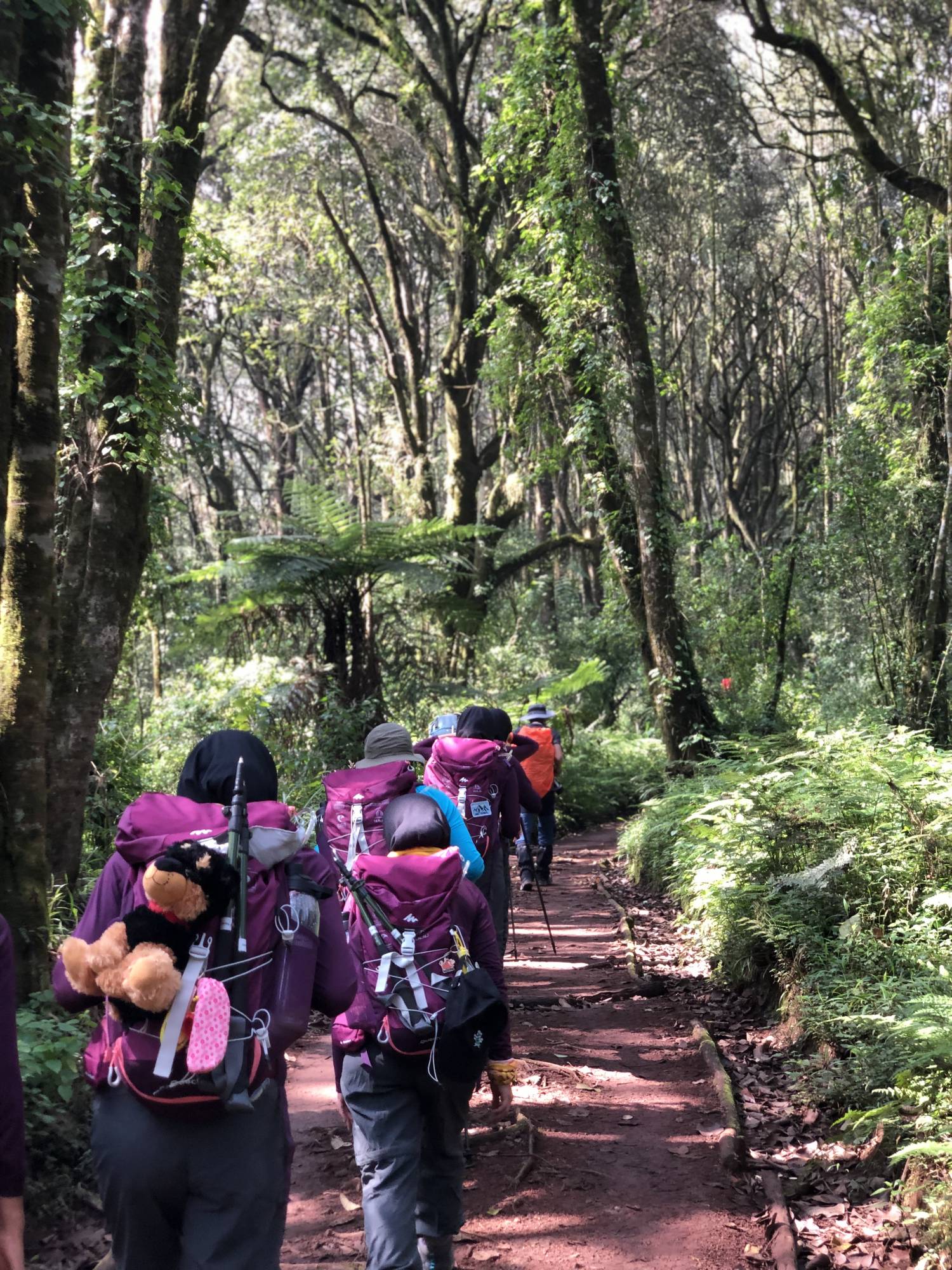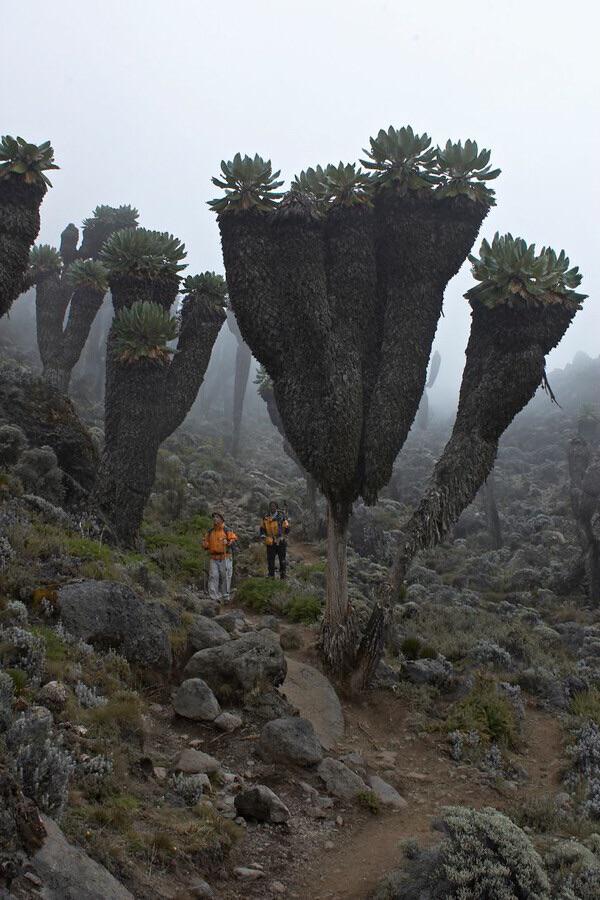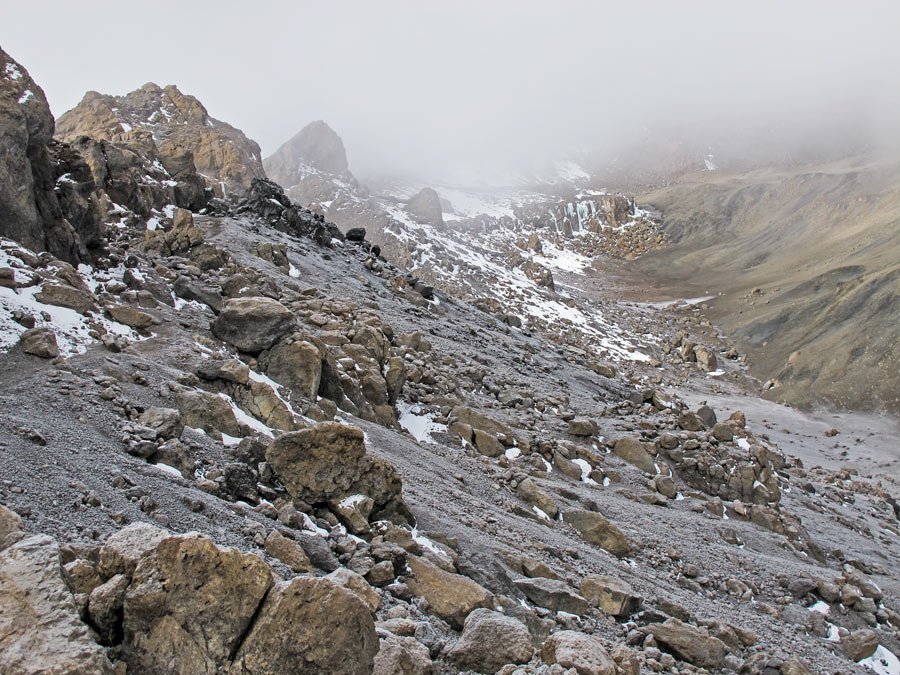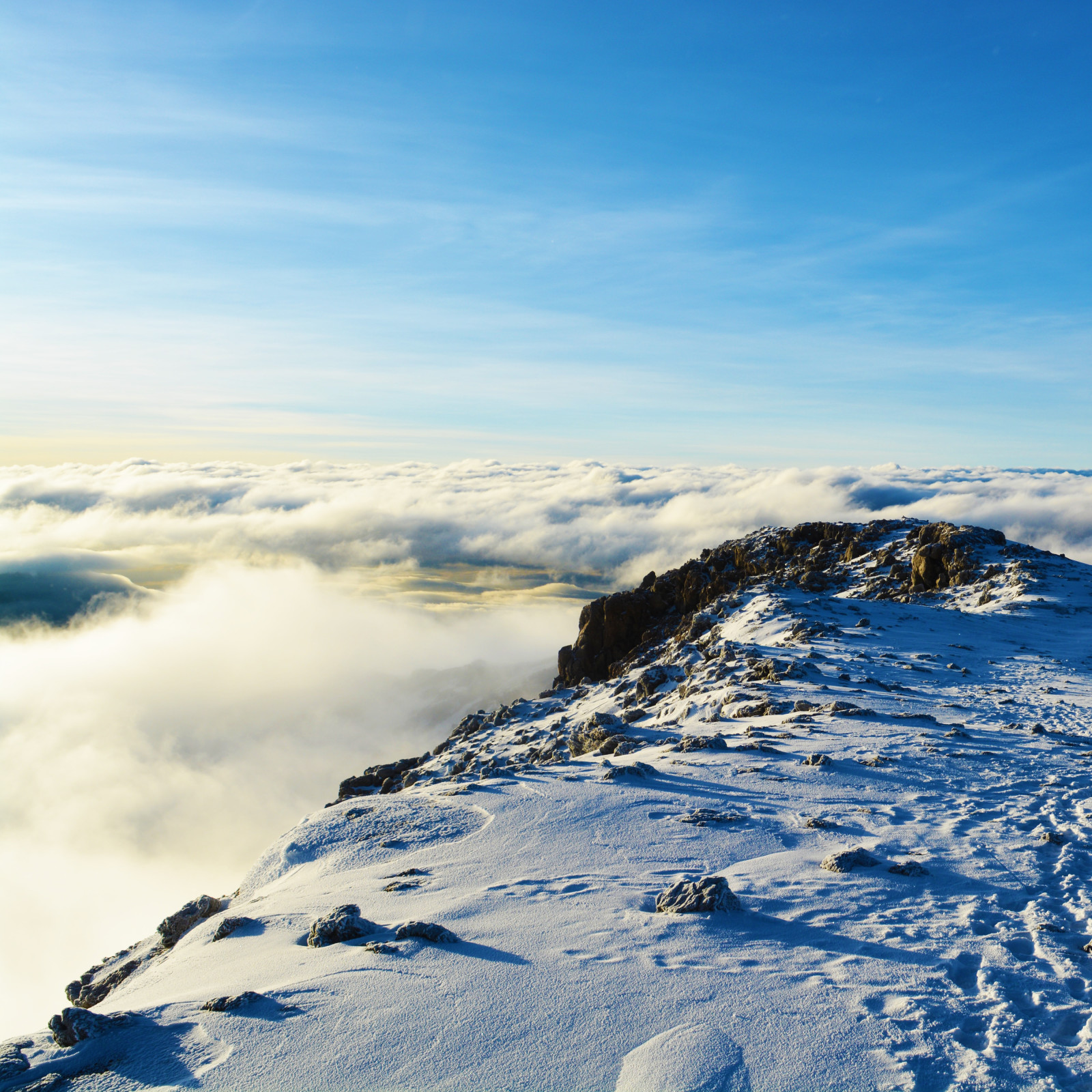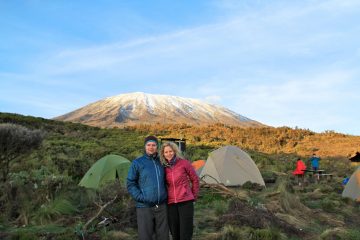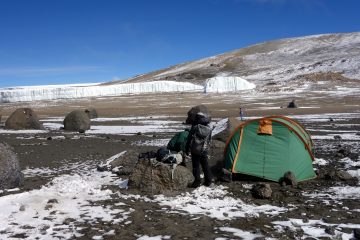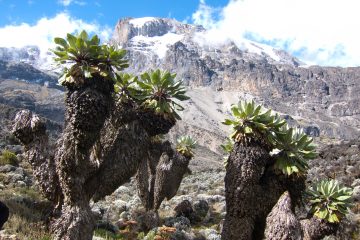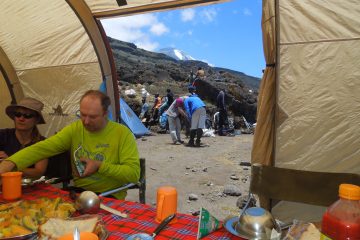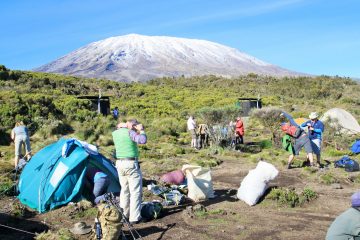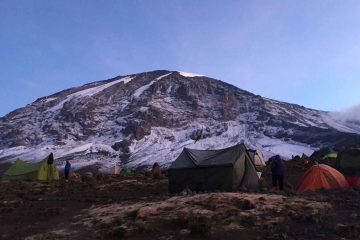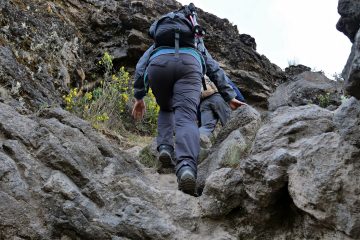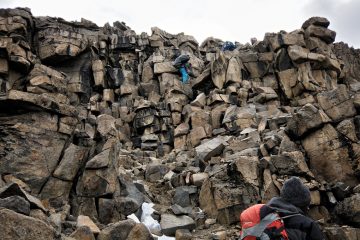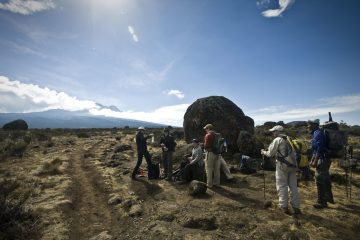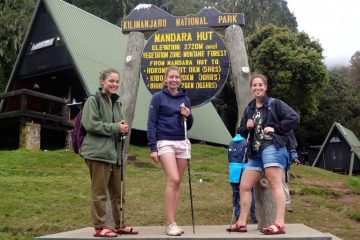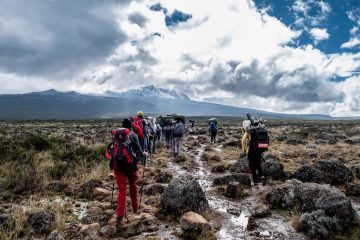The climatic zones otherwise known as the vegetation zones of Mount Kilimanjaro can be categorized into five main zones. Each of these zones has weather patterns that are unique to them. They are so distinctive that climbing Mount Kilimanjaro can seem like moving from the warm equator climate to the harsh cold of the North Pole. Standing at a staggering 5,895m, Mount Kilimanjaro is high enough to create its own weather and microclimates enabling it to have its own climate zones, vegetation zones, and weather. Not only does the terrain change on every climate zone on the mountain, but also, the flora and fauna.
Climbing Mount Kilimanjaro, from the base of the mountain to Uhuru Peak you will come across diverse weather conditions, landscapes and temperatures.
The gap of elevation between the base of the mountain and the summit is so huge that it is possible to do segment the mountain into five climate zones. From the warm temperatures at the base to subzero temperatures at the top of Kilimanjaro.
 List of the Climate Zones
List of the Climate Zones
Below is the list of the five climate zones on Mount Kilimanjaro from the lowest altitude to the highest in that order.
- Bushland/Cultivated Zone 2,600 to 6,000 ft (800 to 1,800 m)
- Rain Forest Zone 6,000 to 9,200 ft (1,800 to 2,800 m)
- Heath/Moorland Zone 9,200 to 13,200 ft (2,800 to 4,000 m)
- Alpine Desert Zone 13,200 to 16,500 ft (4,000 to 5,000 m)
- Arctic Zone 16,500+ ft (5,000+ m)


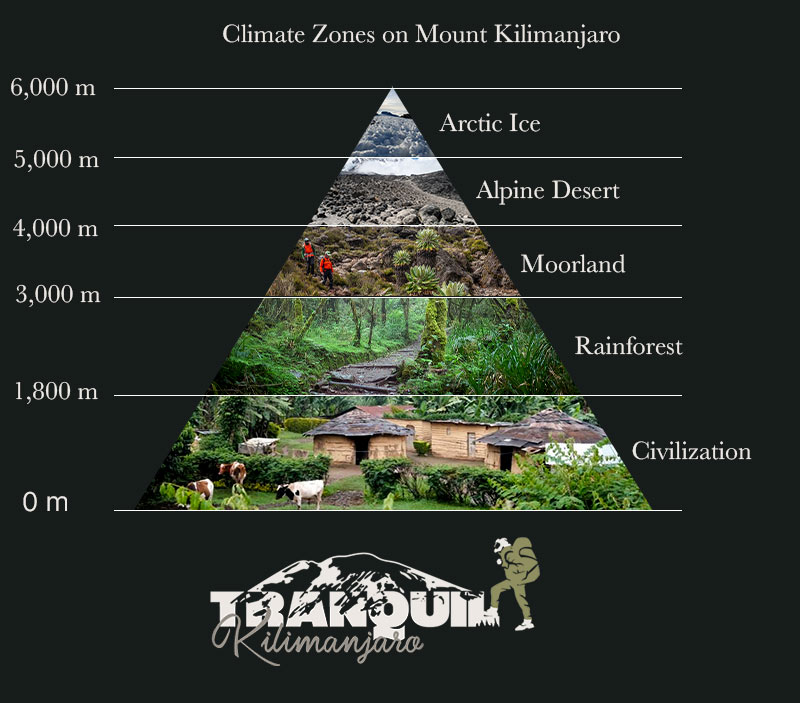 List of the Climate Zones
List of the Climate Zones